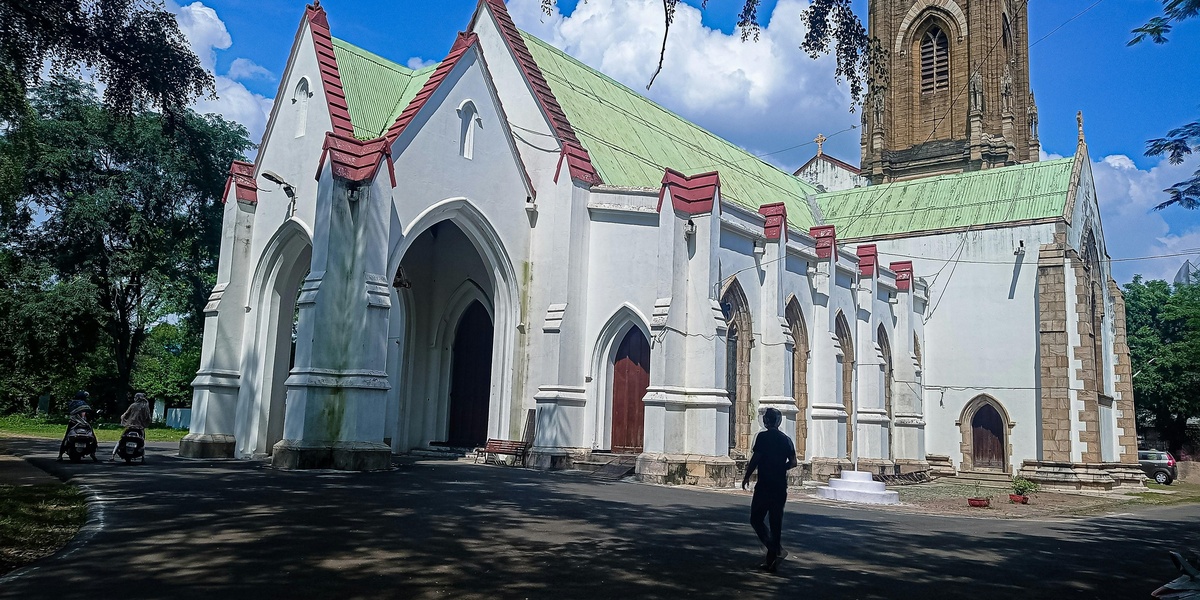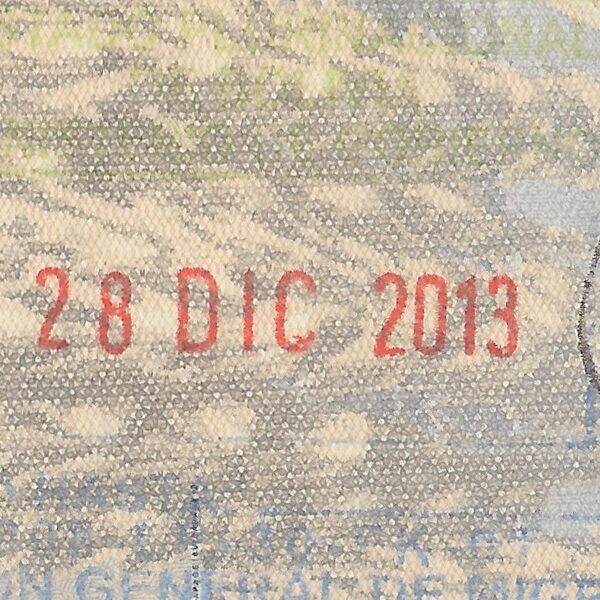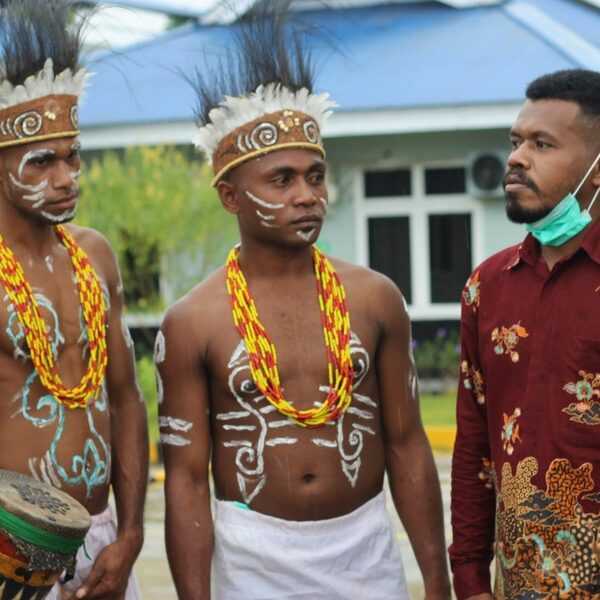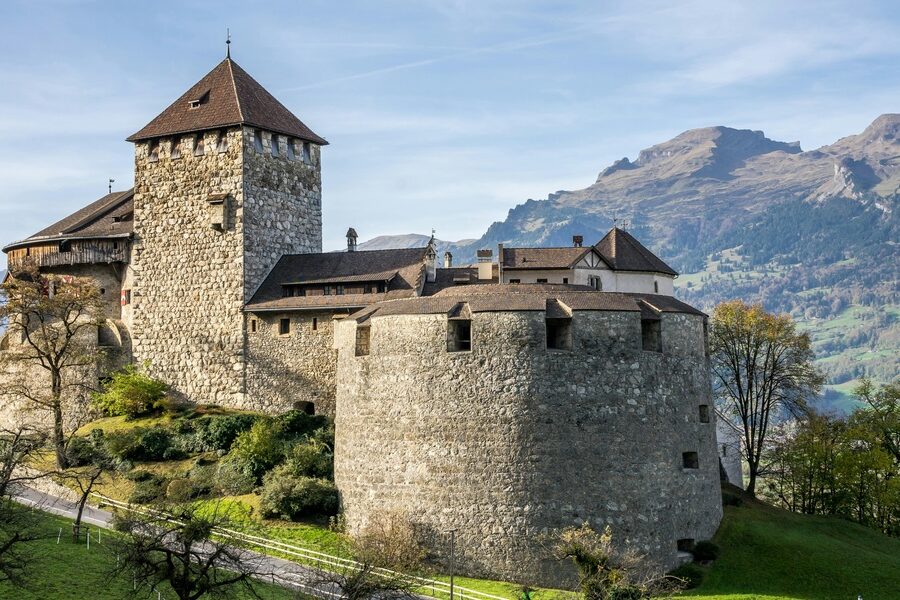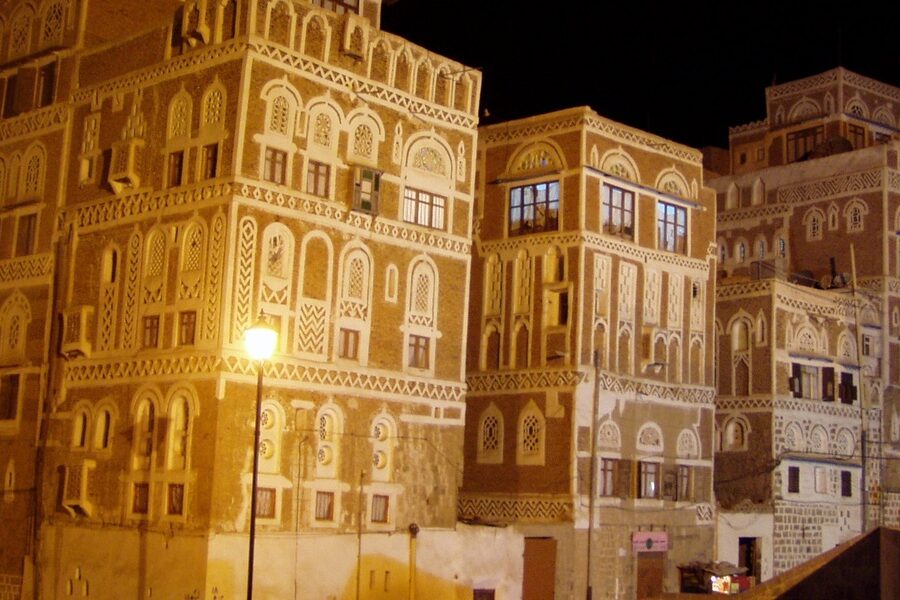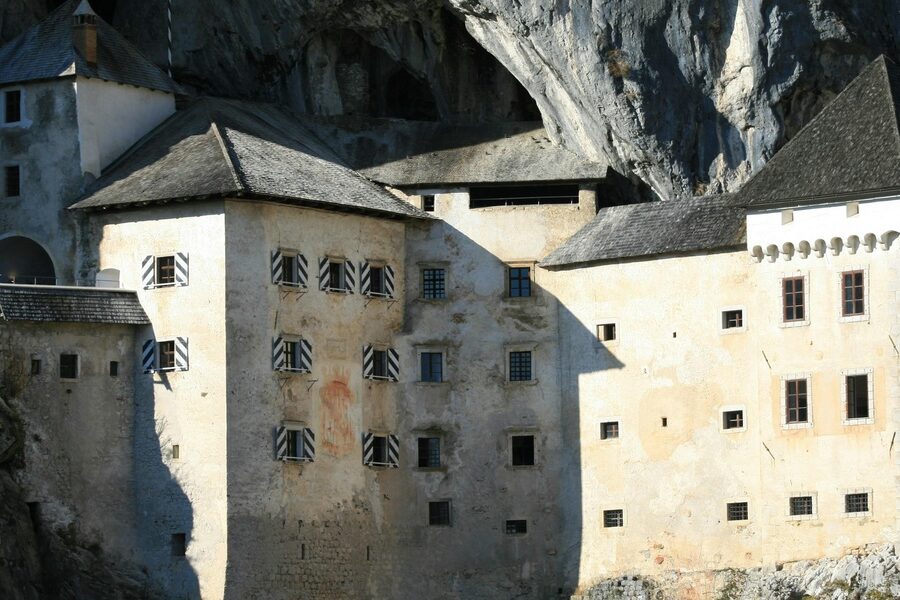Equatorial Guinea, a small nation on the west coast of Central Africa, possesses a history as diverse and rich as its landscapes. From ancient indigenous traditions to centuries of European colonial influence, the country’s past has shaped its identity, leaving behind a fascinating trail of sites that tell stories of bygone eras.
To help uncover these narratives, we’ve compiled a list of exactly 20 Historical Places in Equatorial Guinea. This comprehensive guide covers a remarkable range, from the solemn Annobón Church to the secluded Ureka. For each entry, you’ll find below key details organized by Location, Site Type, and Historical Significance, making it easy to explore their importance.
What types of historical places are found in Equatorial Guinea?
Equatorial Guinea’s historical sites showcase a blend of its colonial legacy and indigenous heritage. You can expect to find a variety of locations, including colonial-era churches and government buildings, significant architectural structures from Spanish rule, and remnants tied to traditional tribal history. These sites often reflect the nation’s journey through different cultural influences and pivotal historical events.
Are these historical places generally accessible to visitors?
Accessibility can vary significantly across Equatorial Guinea’s historical places. While some sites, especially in larger cities like Malabo and Bata, are relatively easy to visit and are well-maintained, others in more remote areas might require local guides, special permits, or specific transportation arrangements. It’s always advisable to research individual sites and arrange logistics in advance to ensure a smooth visit.
Historical Places in Equatorial Guinea
| Place Name | Location | Site Type | Historical Significance |
|---|---|---|---|
| Malabo Cathedral | Malabo, Bioko Island | Religious Site | Iconic example of Spanish colonial Gothic Revival architecture. |
| Presidential Palace | Malabo, Bioko Island | Colonial Building | Former Spanish Governor’s Palace, now the seat of the presidency. |
| Casa Verde | Malabo, Bioko Island | Colonial Building | Notable colonial-era wooden building, formerly the Portuguese consulate. |
| Plaza de la Independencia | Malabo, Bioko Island | Historical Landmark | Central square where national independence was first proclaimed in 1968. |
| Malabo City Hall | Malabo, Bioko Island | Colonial Building | Represents colonial-era municipal administration in the capital city. |
| Finca Sampaka | Near Malabo, Bioko Island | Cultural Site | Historic cocoa plantation showcasing the island’s colonial economic past. |
| Ureka | South Bioko Island | Cultural Site | Historical Bubi settlement area, known for cultural preservation and turtle nesting. |
| Pico Basilé | Bioko Island | Natural Landmark | Sacred Bubi site and a historic navigational landmark for early explorers. |
| Luba Crater | Luba, Bioko Island | Historical Landmark | Site of a major colonial-era port and early settlement. |
| Bata Cathedral | Bata, Río Muni | Religious Site | The largest Christian church in the country, a landmark of the mainland. |
| Palacio de África | Bata, Río Muni | Colonial Building | Former administrative hub for the mainland region during the colonial era. |
| Torre de la Libertad | Bata, Río Muni | Monument | Modern monument commemorating the country’s independence and history. |
| Cogo | Litoral, Río Muni | Historical Landmark | Historic coastal town and port named after Spanish explorer Manuel Iradier. |
| Corisco Island | Litoral, Río Muni | Historical Landmark | Important 17th-century slave trade hub and site of early European treaties. |
| Río Benito Settlement | Mbini, Río Muni | Historical Landmark | Site of early Spanish treaties with local chiefs establishing colonial presence. |
| Annobón Church | San Antonio de Palé, Annobón | Religious Site | Center of the island’s unique Afro-Portuguese Catholic culture since the 16th century. |
| Evínayong Colonial Center | Evínayong, Río Muni | Colonial Building | Former administrative center for the interior during Spanish rule. |
| Niefang Old Town | Niefang, Río Muni | Historical Landmark | Historically a significant crossroads and trading post in Río Muni’s interior. |
| Punta de la Unidad Africana | Malabo, Bioko Island | Historical Landmark | Site of the original British “Port Clarence” settlement in 1827. |
| Church of Baney | Baney, Bioko Island | Religious Site | One of the oldest and most significant Catholic mission churches on Bioko. |
Images and Descriptions
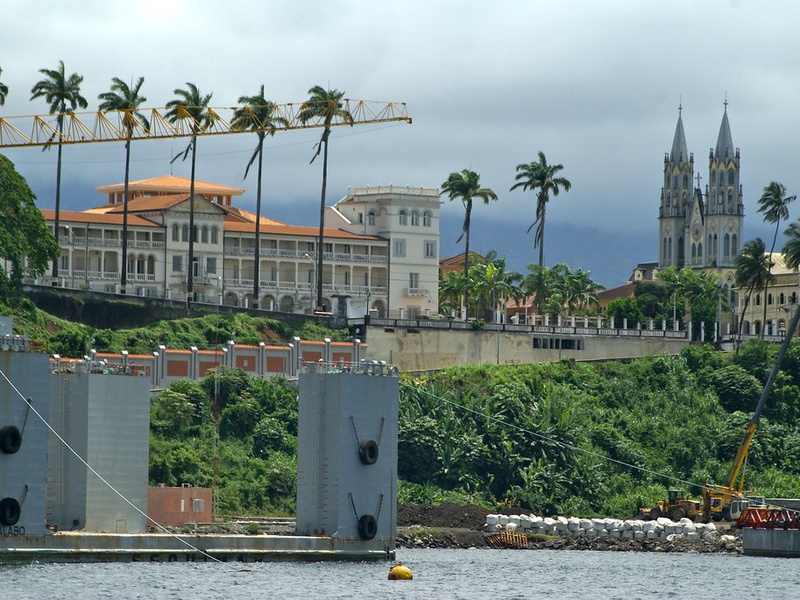
Malabo Cathedral
Also known as the Santa Isabel Cathedral, this grand structure stands in the heart of Malabo. It is a prime example of Spanish colonial architecture. Construction began in 1897 and finished in 1916. The cathedral’s twin towers and intricate facade make it a significant historical landmark in the capital city.
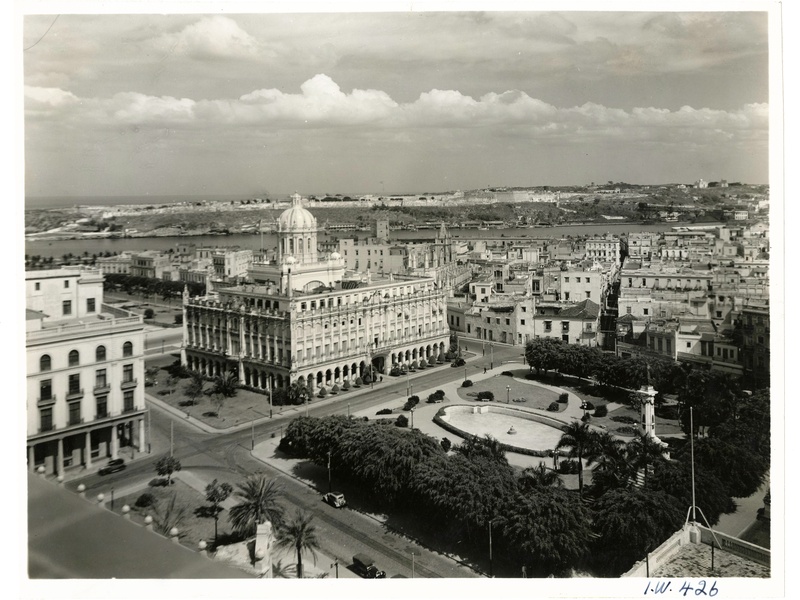
Presidential Palace
Located in Malabo, the Presidential Palace is a prominent government building. Originally built during the colonial era, it has undergone various renovations. It represents a key center of political power and historical events in Equatorial Guinea.
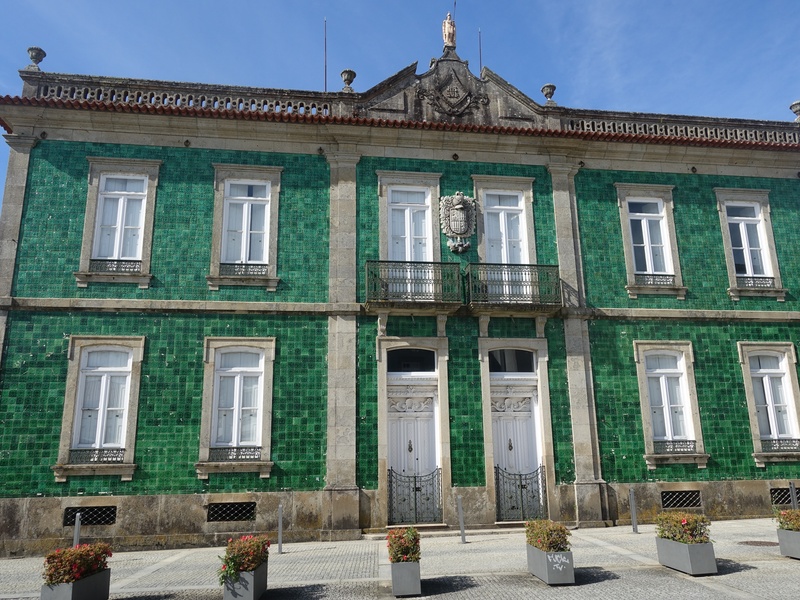
Casa Verde
The ‘Green House’ is an older colonial building found in Malabo. It once served as a residence and administrative center. Its architecture offers insight into the Spanish colonial period and the early development of the city.
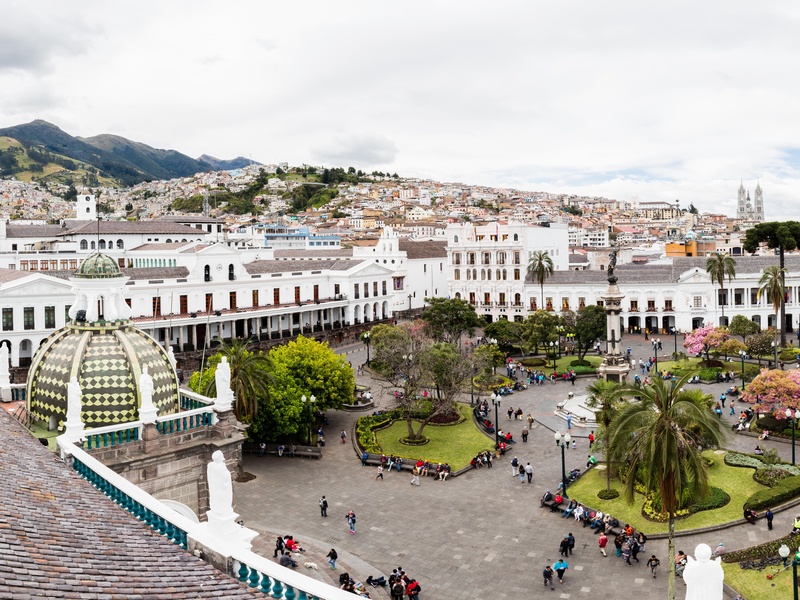
Plaza de la Independencia
This central square in Malabo commemorates Equatorial Guinea’s independence. It is a historical gathering place for public events and celebrations. The surrounding buildings often reflect the city’s colonial past and its transition to self-governance.
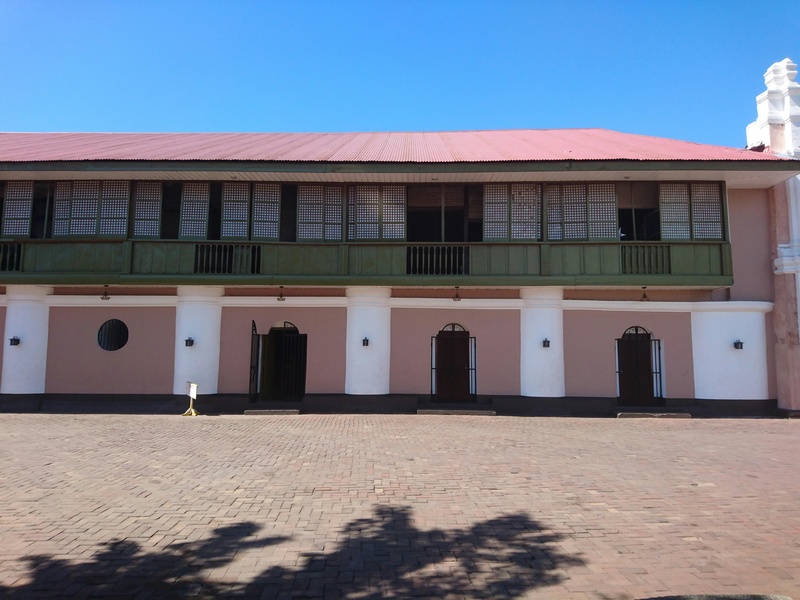
Malabo City Hall
The Malabo City Hall is a notable colonial-era building. It sits near other historical structures in the city center. This building has long served as a hub for local administration and civic life.
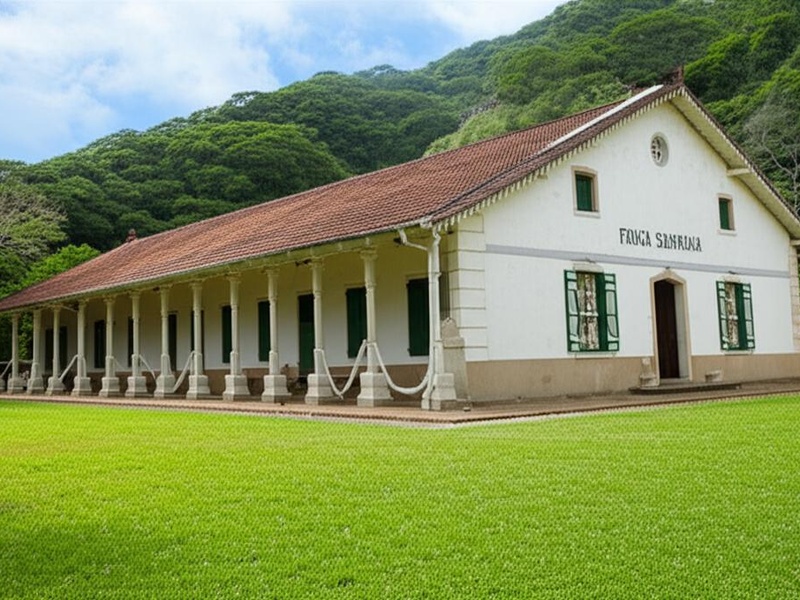
Finca Sampaka
Finca Sampaka is a historic plantation on Bioko Island. It was once a large cocoa estate. This site demonstrates the agricultural history and colonial economic activities that shaped Equatorial Guinea. Remnants of its past operations are still visible.

Ureka
Ureka is a village located on the southern coast of Bioko Island. It is known for its unspoiled natural environment and historical connections to early European exploration. The area showcases the island’s natural heritage and early human settlements.
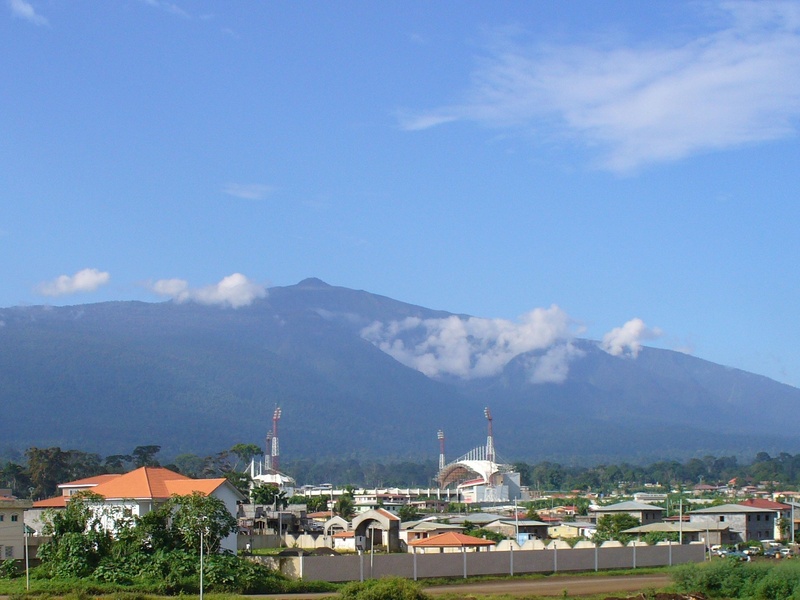
Pico Basilé
Pico Basilé is the highest mountain in Equatorial Guinea, located on Bioko Island. While primarily a natural landmark, its presence has historically influenced settlement patterns and exploration. Views from its slopes offer a historical perspective of the island’s landscape.

Luba Crater
The Luba Crater is a significant natural feature on Bioko Island. It is the remnant of an ancient volcano. This area is important for its biodiversity and its untouched state provides a glimpse into the island’s primeval environment.
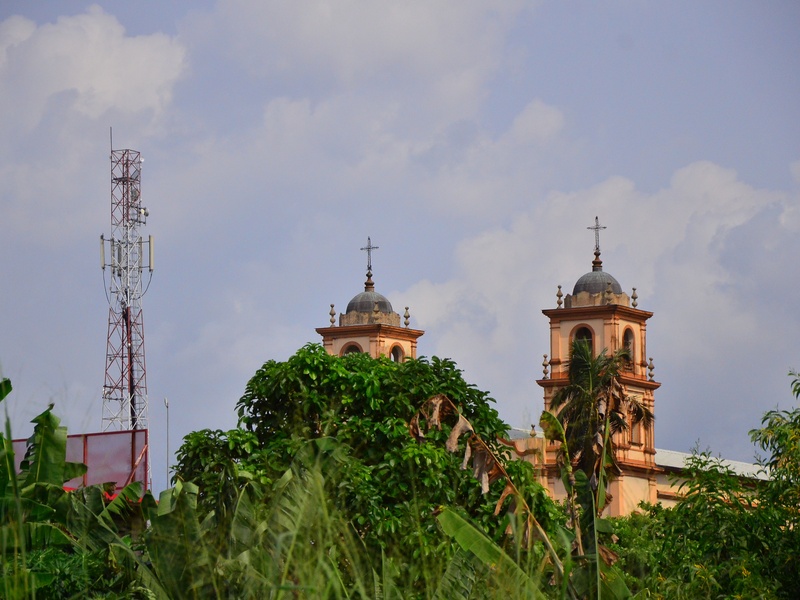
Bata Cathedral
The Bata Cathedral is a large Catholic church located in Bata, the mainland’s largest city. Similar to Malabo Cathedral, it is a testament to Spanish colonial influence and religious history. Its grand presence dominates the city’s skyline.
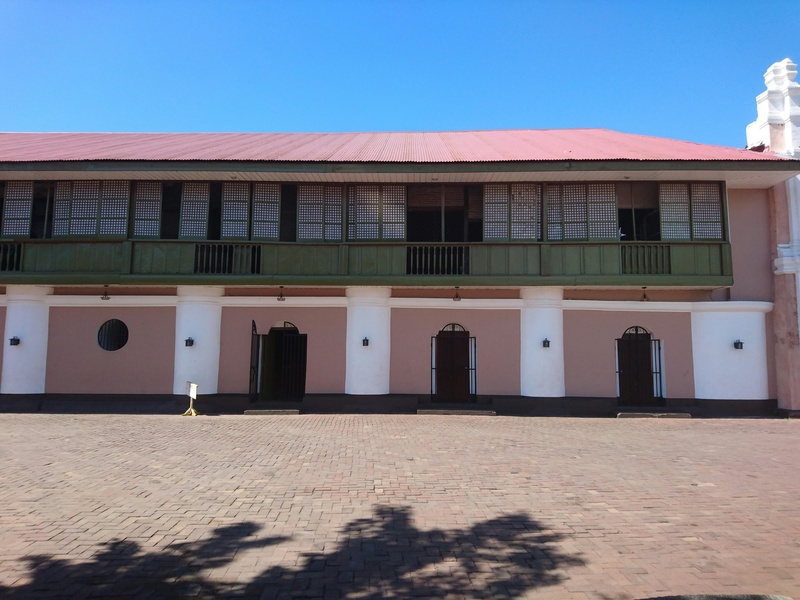
Palacio de África
In Bata, the Palacio de África is a notable government building. It reflects the architecture of Equatorial Guinea’s post-independence era. This palace holds importance as a modern center of administration and a symbol of national identity.
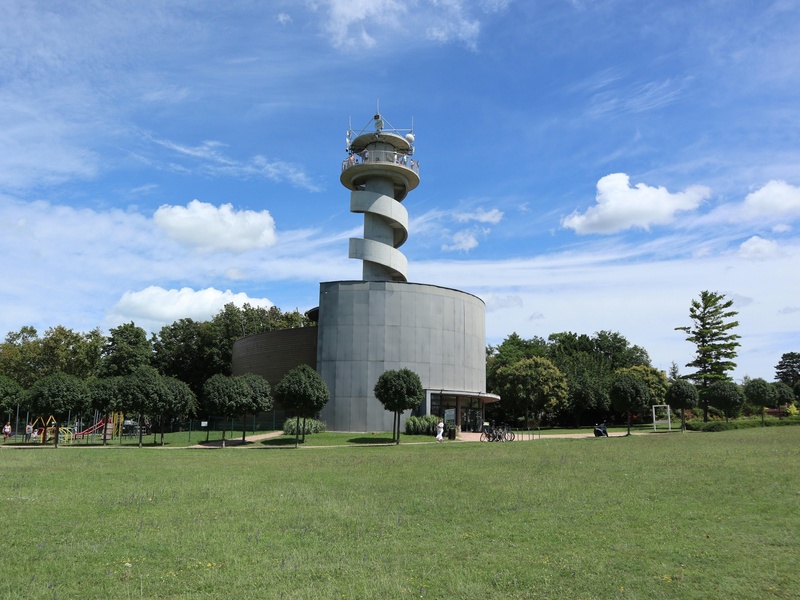
Torre de la Libertad
The ‘Tower of Liberty’ is a modern monument found in Bata. It symbolizes Equatorial Guinea’s struggle for and achievement of independence. This structure serves as a reminder of the nation’s contemporary history.
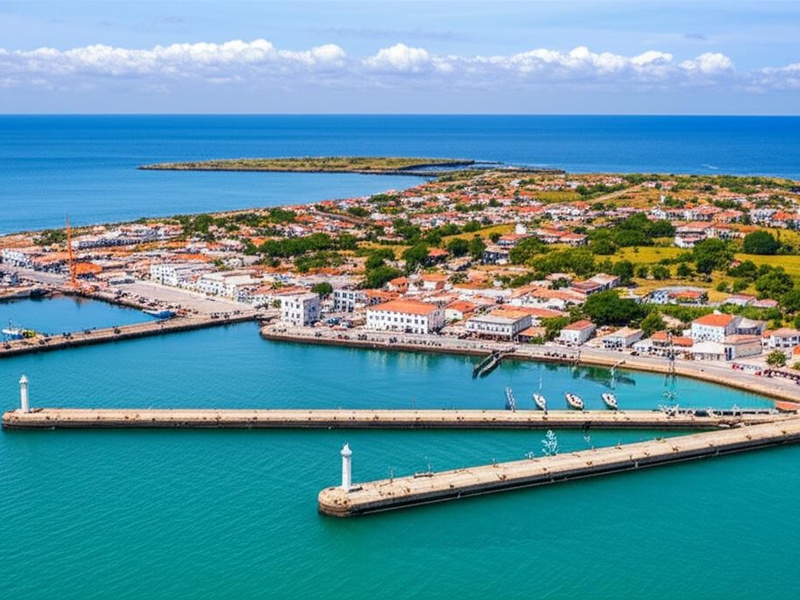
Cogo
Cogo is a coastal town on the mainland. It played a role as a colonial administrative and trading post. The town’s layout and some surviving structures offer clues to its historical significance in the region.
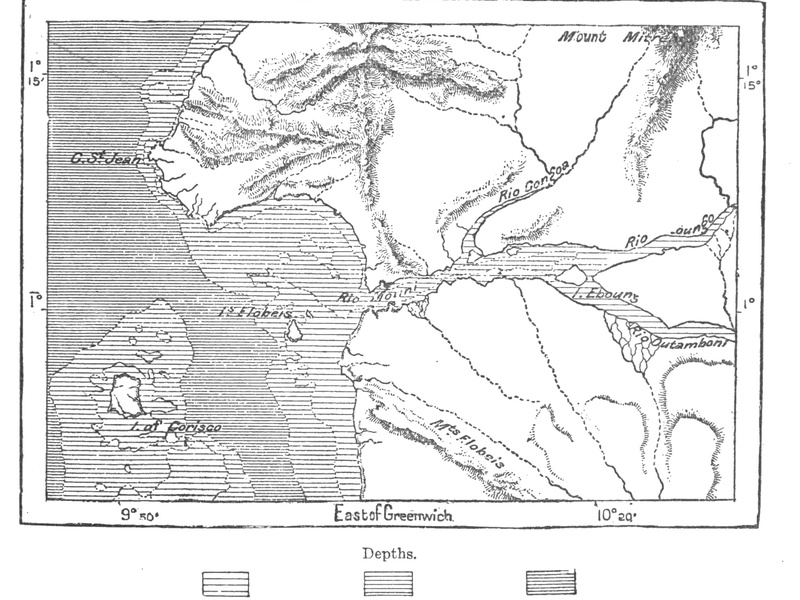
Corisco Island
Corisco Island is a small island with a rich history. It was a key location for early European contact and trade. The island has historical ties to various colonial powers and local kingdoms.

Río Benito Settlement
The area around the Río Benito (Benito River) on the mainland was a site of early colonial settlement and trade. It was significant for its natural resources and as a transportation route. Historical communities developed along its banks.
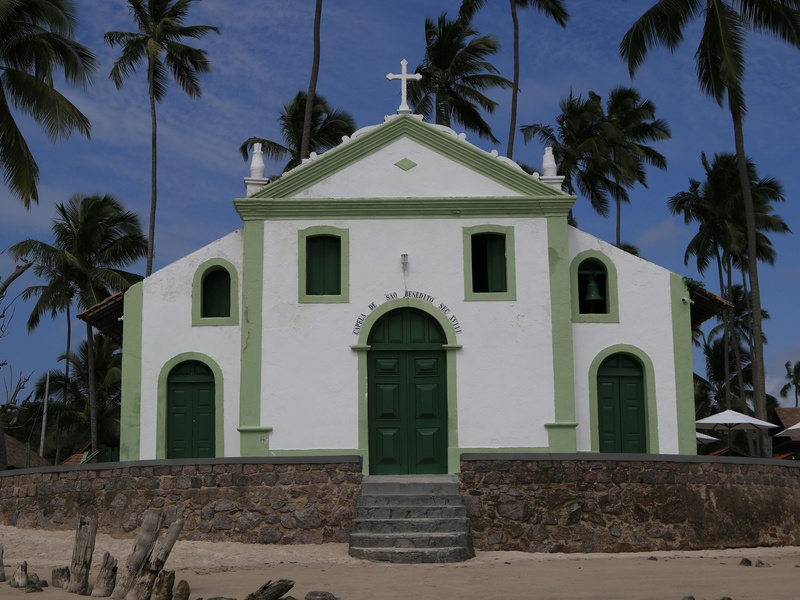
Annobón Church
Annobón Island has its own distinct culture and history. Its main church is a historical landmark. This church reflects the island’s unique blend of African and Portuguese influences, stemming from its initial colonization.
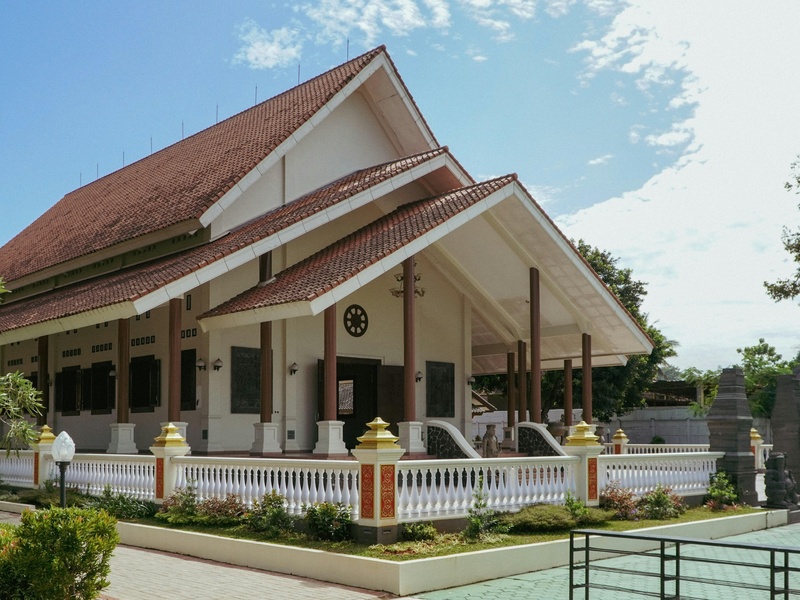
Evínayong Colonial Center
Evínayong is a town in the continental region. It served as an administrative center during the colonial period. The town retains some buildings that show its colonial past and its importance in regional governance.

Niefang Old Town
Niefang, a town in the continental part of the country, features an old town area. This section holds remnants of its historical development and the evolution of its community over time. It provides insight into traditional life and colonial impact.

Punta de la Unidad Africana
This landmark, the ‘Point of African Unity’, is found in Bata. It symbolizes Equatorial Guinea’s commitment to African solidarity and independence. It is a relatively modern historical point of interest.
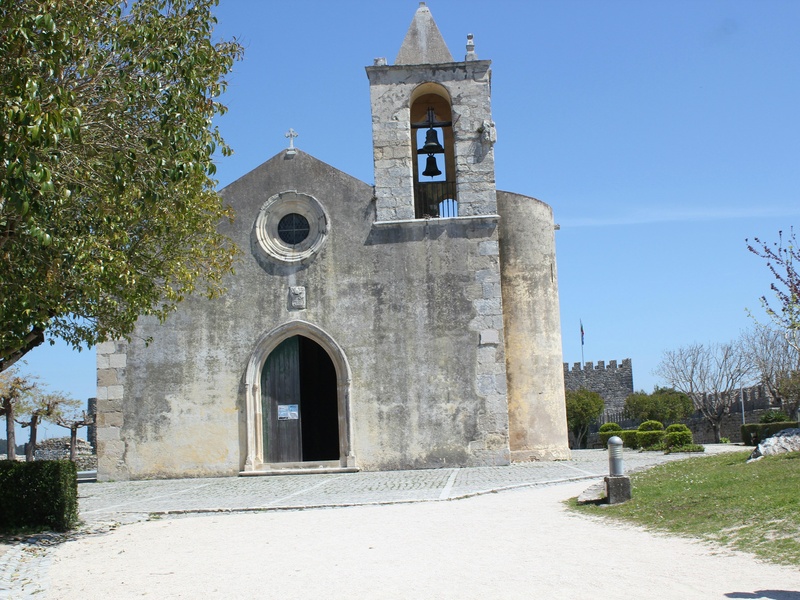
Church of Baney
The Church of Baney is located in a village on Bioko Island. It is one of the older religious structures outside the main cities. This church represents the spread of Christianity and the establishment of local parishes during colonial rule.

